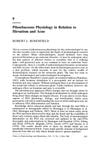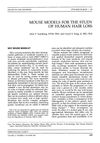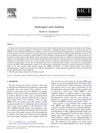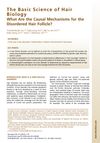Human Hair Growth in Health and Disease
June 1972
in “
Archives of internal medicine
”
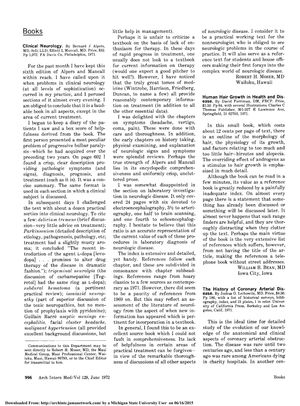
TLDR Androgens play a key role in hair growth.
The book "Human Hair Growth in Health and Disease" by David Ferriman provided an overview of hair morphology, growth physiology, and conditions like hirsutism and alopecia, emphasizing the significant role of androgens in stimulating hair growth. Despite its concise nature and detailed references, the book's utility as a reference was diminished by an inadequate index and distracting text organization.

